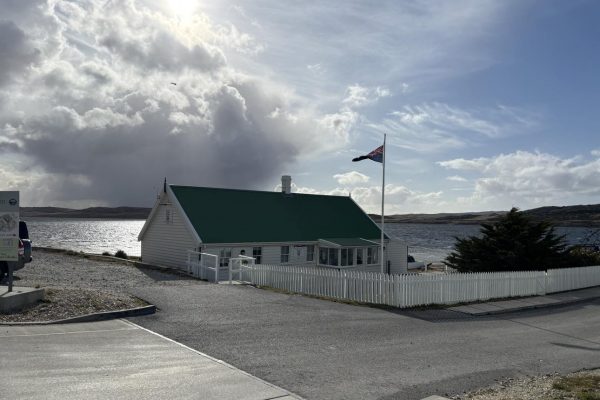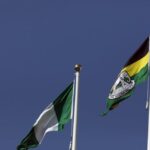The Falkland Islands Legislative Assembly has welcomed the announcement of a new cooperation agreement between the UK and Argentina on a suite of matters relating the Falkland Islands and wider South Atlantic, which reflects the importance of collaboration on key issues which affect the Falkland Islands and Argentina, and the wider region. This agreement comes with no change in the individual positions of the Falkland Islands, United Kingdom, or Argentina, in regard to the sovereignty, or territorial or maritime jurisdiction over the Falkland Islands – as per the formula on sovereignty in paragraph 2 of the Joint Statement of 19 October 1989 between the United Kingdom and Argentina.
The content of this new cooperation agreement includes the resumption of the weekly São Paulo–Mount Pleasant flight; the need to take concrete steps in the areas of fisheries conservation and improved connectivity for the Falkland; to organise a visit to the Islands by next-of-kin of fallen soldiers and an agreement to resume negotiations to complete the third phase of the Humanitarian Project Plan together with the International Committee of the Red Cross.
MLA Jack Ford, Chair of the Legislative Assembly, said “We have been involved throughout the negotiation on these important measures of cooperation. The resumption of the weekly São Paulo–Mount Pleasant flight will continue to strengthen our economy, tourism, and connectivity to South America and beyond. We look forward to being able to announce a timeline for the return of this connection, though this is subject to ongoing discussions with the airlines.”
“Cooperation on fisheries matters is essential for the conservation of marine resources in the South-West Atlantic, and the stability of our economy. We recognise the importance of working together on the exchange of fisheries data, which will help to protect the sustainability of our shared maritime environment.”
“We also support the continuation of humanitarian cooperation through the third phase of the Humanitarian Project Plan, which aims to identify remaining currently unidentified bodies at the Argentine Cemetery. The resumption of family visits to the graves of Argentine soldiers in the Falklands provides an opportunity for grieving families to pay their respects.”
The Legislative Assembly is committed to engaging constructively while always upholding the self-determination and wishes of the people of the Falkland Islands.















